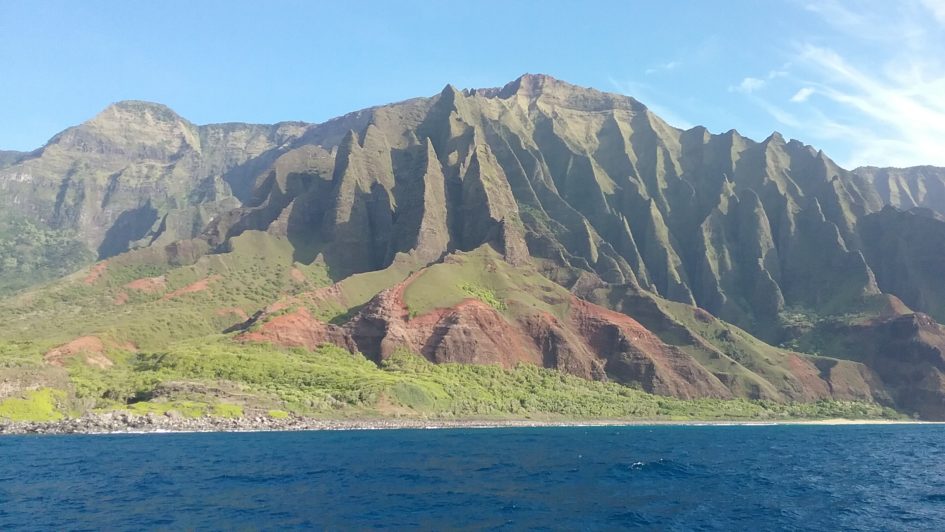As I write, the Kilauea Volcano is erupting on Hawaii’s Big Island, an event that is neither mysterious nor surprising. But, for Christians who hold an evolutionary understanding of God’s creation, this event evokes both scientific wonder and a sense of worship.
The Hawaiian Islands sit on the Pacific tectonic plate, having formed as the plate moved continually northwestward over a volcanic plume or “hot spot.” The islands in the archipelago range in age from “infancy” to 70 million years old (still pretty young in geological terms). South of Kilauea, deep beneath the surface of Hawaii’s beautiful blue waters, another volcano—Lō’ihi—is creating a new submarine peak. In another 50,000 years or so, it may emerge from the ocean depth to become the next Hawaiian Island.
How do people of faith make sense of God’s providence in this evolving natural order? We see a Creator God who is active in the world not as a magician or puppet master, but, rather, as sovereign over a cosmos that is established on and runs according to natural laws—including the natural geological processes that give rise to volcanic islands. That scientists can understand and predict such volcanic events affirms the natural order proclaimed “good” when first beheld by God. We are reminded that this creation is not finished, but ongoing and ever-changing. We see God’s love as the natal source of this amazing universe and in the sustaining and redemptive acts we witness each day. And we are reminded that, as the creatures bestowed with God’s image, we are called to cherish and care for this sacred home where God dwells with us.


